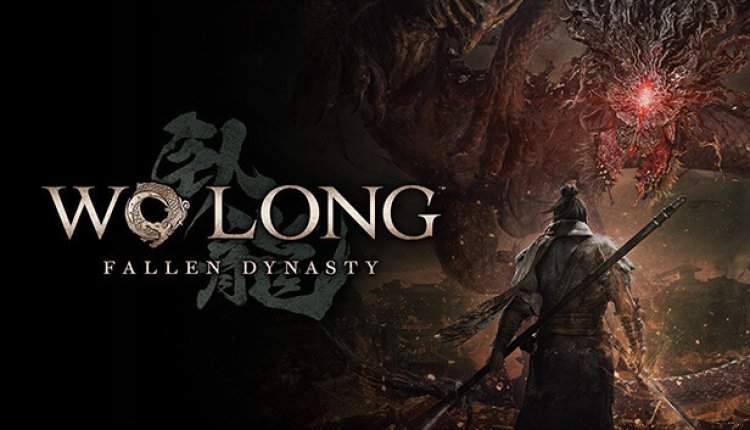Wo long fallen dynasty
wo long fallen dynasty - Dynasties are known for their influence and impact on the history of civilization. Two of the most well-known dynasties that have left their mark on the world are the Romanov dynasty and the Ottoman dynasty.

The Rise and Fall of Two Long Fallen Dynasties
Dynasties are known for their influence and impact on the history of civilization. Two of the most well-known dynasties that have left their mark on the world are the Romanov dynasty and the Ottoman dynasty. While these empires existed centuries apart from each other and on different continents, they shared common themes that led to their eventual downfall. In this article, we will explore the rise and fall of these two long fallen dynasties.
Introduction
Dynasties often begin with a great leader who is able to establish a strong and stable foundation. However, as time passes, the dynasty may become corrupt or weakened, eventually leading to its downfall. The Romanov and Ottoman dynasties are prime examples of this.
The Rise of the Romanov Dynasty
The Romanov dynasty began in 1613 when Michael Romanov was elected as the new tsar of Russia. The Romanovs were able to establish a centralized government and expand their territories. During the reign of Peter the Great, the Romanov dynasty was able to modernize and transform Russia into a major European power.
The Fall of the Romanov Dynasty
Despite the successes of the Romanov dynasty, it eventually became corrupt and out of touch with the people. This was exacerbated by the events of World War I and the February Revolution of 1917. The Bolsheviks, led by Vladimir Lenin, were able to seize power and execute the entire Romanov family, effectively ending the dynasty.
The Rise of the Ottoman Dynasty
The Ottoman dynasty began in the late 13th century when Osman I established a small state in Anatolia. Over the next few centuries, the Ottoman Empire grew to encompass much of southeastern Europe, western Asia, and northern Africa. The Ottomans were known for their military prowess and cultural achievements.
The Fall of the Ottoman Dynasty
Like the Romanov dynasty, the Ottomans became corrupt and outdated. They were also unable to adapt to the changes brought about by the Industrial Revolution and European colonization. The decline of the Ottoman Empire was a slow process that spanned several centuries. It wasn't until the aftermath of World War I that the empire officially came to an end.
Similarities Between the Two Dynasties
Despite the differences in time period and location, the Romanov and Ottoman dynasties shared several commonalities that contributed to their downfall. Both dynasties became out of touch with the people and were resistant to change. They were also unable to adapt to new technologies and economic systems. Additionally, both empires suffered military defeats that weakened their power.
Conclusion
The Romanov and Ottoman dynasties may have existed centuries apart, but they share common themes that led to their eventual downfall. Their stories serve as cautionary tales about the dangers of corruption and resistance to change.
FAQs
- What were the major cultural achievements of the Ottoman Empire?
- How did World War I contribute to the fall of both dynasties?
- Were there any attempts to reform the Romanov and Ottoman dynasties before their downfall?
- What impact did the fall of these dynasties have on their respective regions?
- Are there any surviving members of the Romanov or Ottoman dynasties today?

















